On the morning of June 12, with 461/465 delegates present in favor, the National Assembly officially passed a historic resolution on merging provincial-level administrative units, which took effect immediately - the whole country has 34 provinces and cities (a reduction of 29 provinces and cities compared to before).
Thus, the story of streamlining the apparatus has come to a decisive moment. By pressing the button to pass the Resolution on merging provincial administrative units, the National Assembly, on behalf of voters nationwide, has marked an extremely important milestone in the effort to reform the country's administrative apparatus - an apparatus that has been complained about being too cumbersome and wasting the budget. In some places, management and operation efficiency is not high and it also makes things difficult for people and businesses, hindering the country's development.
Ho Chi Minh City. Photo: Hoang Ha
With this decision, in addition to 11 provinces and cities that maintain the status quo ( Hanoi , Hue, Lai Chau, Dien Bien, Son La, Lang Son, Quang Ninh, Thanh Hoa, Nghe An, Ha Tinh, Cao Bang), the remaining 52 provincial-level administrative units are arranged into 23 new provinces and cities.
From 63 provinces and cities, there are now only 34 units, which is a great determination of the Party and the spirit of unity of the entire political system, aiming to achieve the highest goal of reorganizing new development space for localities, ending a period of fragmented, small-scale development and unnecessary competition.
Refined to be compact, for the country to reach far
Not only is the area larger and the population larger (leading to a more abundant labor force), but thanks to the harmonious combination of inheritance, stability with innovation and development, the planning vision and leadership thinking of the post-merger staff are also expanded and enhanced.
The arrangement of provincial administrative units is also an opportunity to innovate, improve governance capacity, create a foundation to promote decentralization, delegation of power and enhance autonomy and self-responsibility of local governments. Localities have conditions for more even, fast, strong and sustainable development. The country will gradually form new economic centers with higher competitiveness at the regional and global levels.
Since the first meeting of the Politburo discussing this policy on March 7, in just over 3 months, agencies have carried out a huge amount of work: merging provinces; rearranging to reduce up to 70% of the number of communes and wards; building a 2-level local government; rearranging organizations in the system of fronts and unions; resolving the regime for cadres who retire early, no longer meeting work requirements... To make the apparatus truly streamlined, strong, effective and efficient, this is truly a historic change.
Previously, the first round of the apparatus streamlining revolution helped to streamline the Government's organizational structure, now with only 17 ministries and branches - a reduction of 5 ministries and branches compared to before. This is the basis for drastically reducing the number of focal points and departments at the local level, streamlining the payroll associated with improving the quality of the public service staff, especially the staff and civil servants at the commune level when implementing the 2-level local government model from next July.
Thinking about "running and queuing at the same time"
Perhaps many people were skeptical about the somewhat strange-sounding phrase “running and queuing at the same time” that General Secretary To Lam mentioned in his article on building a political system titled “Refined - Lean - Strong - Efficient - Effective - Effective” more than half a year ago. But now, that skepticism is gone.
Because it is not only a metaphor but also contains a sharp, flexible and effective leadership and management mindset. Especially in the context where we are focusing on innovation, integration and development, it is a philosophy of action, an art of leadership that delicately balances speed and order, between the spirit of dynamic innovation and a solid foundation of stability.
Development opportunities always go hand in hand with difficulties and fierce competition, requiring us to be quick, decisive, seize opportunities, and overcome obstacles so as not to fall behind.
Many major policies of the Party have quickly turned into specific and practical action programs such as: focusing on perfecting the legal system, removing institutional bottlenecks, unleashing creativity and innovative thinking; strengthening decentralization and delegation of power to localities in the spirit of "locality decides, locality acts, locality benefits and locality takes responsibility"; promoting administrative reform, simplifying procedures, reducing costs, creating maximum convenience for people and businesses, liberating production capacity, and mobilizing all resources for development.
The cause of national development does not allow for hesitation or indecision. The country needs people who act decisively. "Running and lining up at the same time" to ensure speed without carelessness, without deviation, the country still maintains order and discipline, the law must be enforced.
“Running and queuing at the same time” to avoid subjectivity, voluntarism, impatience, and cutting corners, creating a stable foundation for long-term development. Perfecting institutions, mechanisms, and policies must be carried out in parallel, in harmony with the requirements of socio-economic development.
The harmonious combination of motivation and discipline, innovation and stability requires the driver to be brave and intelligent; sharp, creative, and innovative in leadership and management; know how to seize opportunities, flexibly and creatively apply regulations and policies to practical life.
Streamlining the apparatus, merging and rearranging provincial administrative units, and building a two-level local government this time is a revolution in organizational structure and personnel, aiming at the goal of building a reasonable structure and forming a strong enough economic development space, flexibly combining forest and sea potential, opening up new development directions for localities.
It is expected that by the end of this month, localities will simultaneously announce new administrative boundaries of provinces and communes, along with new leadership apparatus. From July 1, the new apparatus following the 2-level local government model will officially operate.
“Running and queuing at the same time” is not a “joke” but it is truly a scientific and creative leadership and management mindset, completely suitable for the country’s development requirements in the new period.
That is also the key for us to achieve high socio-economic development with double-digit growth, aiming to become a high-income country in the new era - the era of wealth, prosperity and happiness.
Source: https://vietnamnet.vn/hon-3-thang-vua-chay-vua-xep-hang-va-cu-bam-nut-lich-su-cua-quoc-hoi-2410916.html








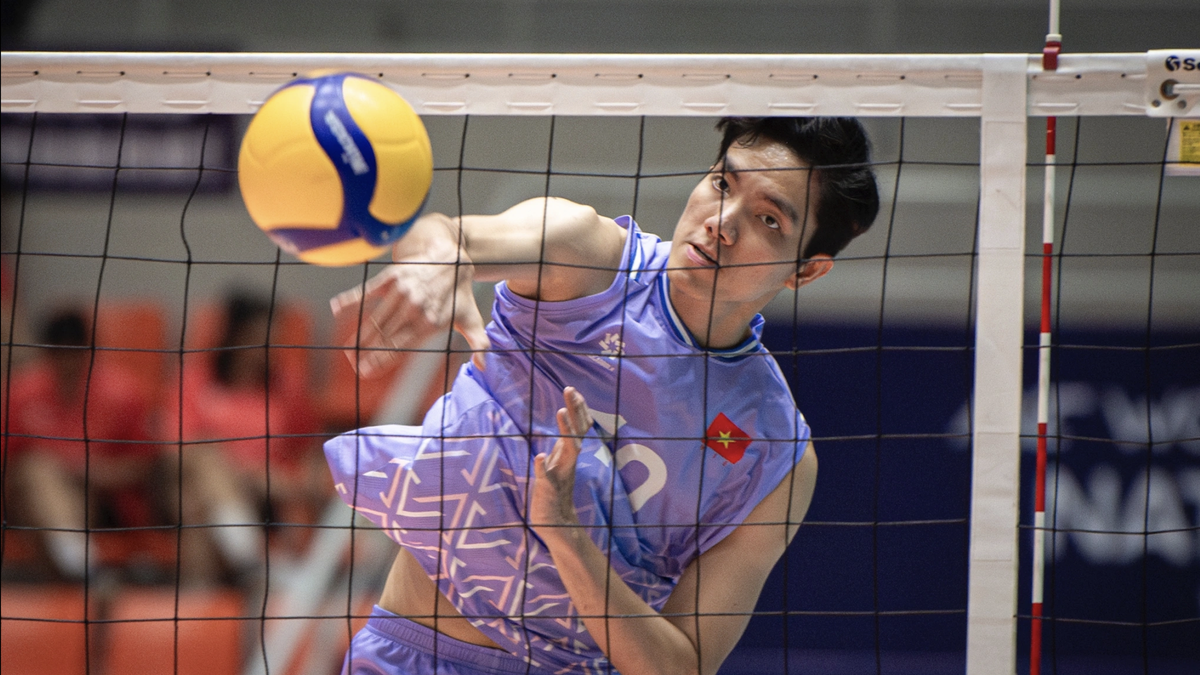
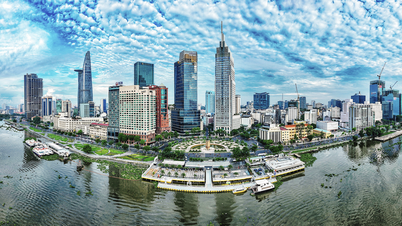
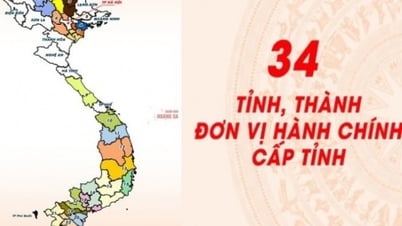









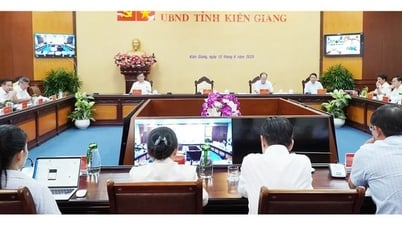





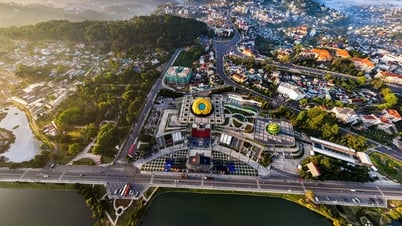












![[Photo] Prime Minister Pham Minh Chinh receives leaders of several Swedish corporations](https://vphoto.vietnam.vn/thumb/1200x675/vietnam/resource/IMAGE/2025/6/14/4437981cf1264434a949b4772f9432b6)


























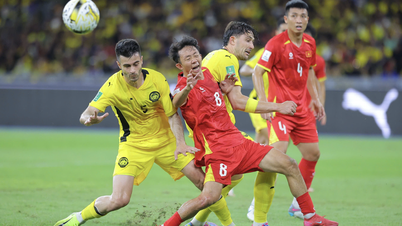
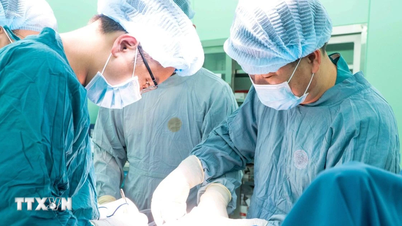






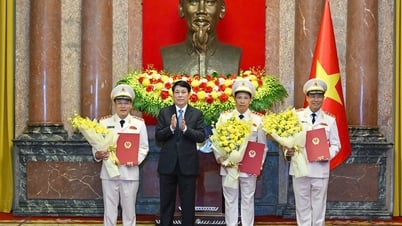

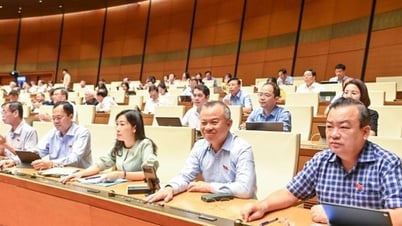






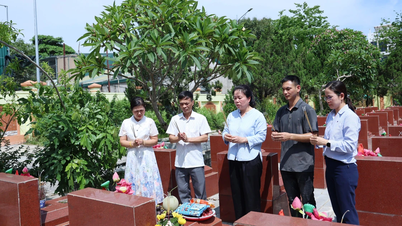



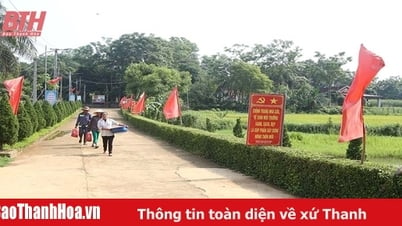









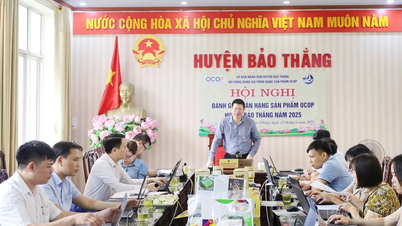



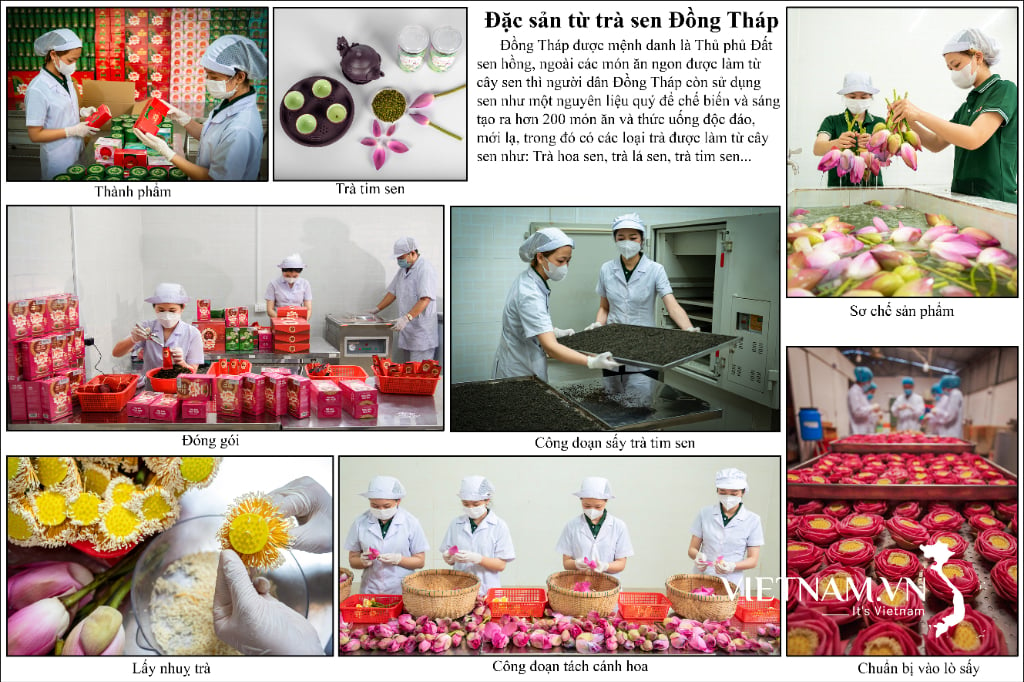

Comment (0)